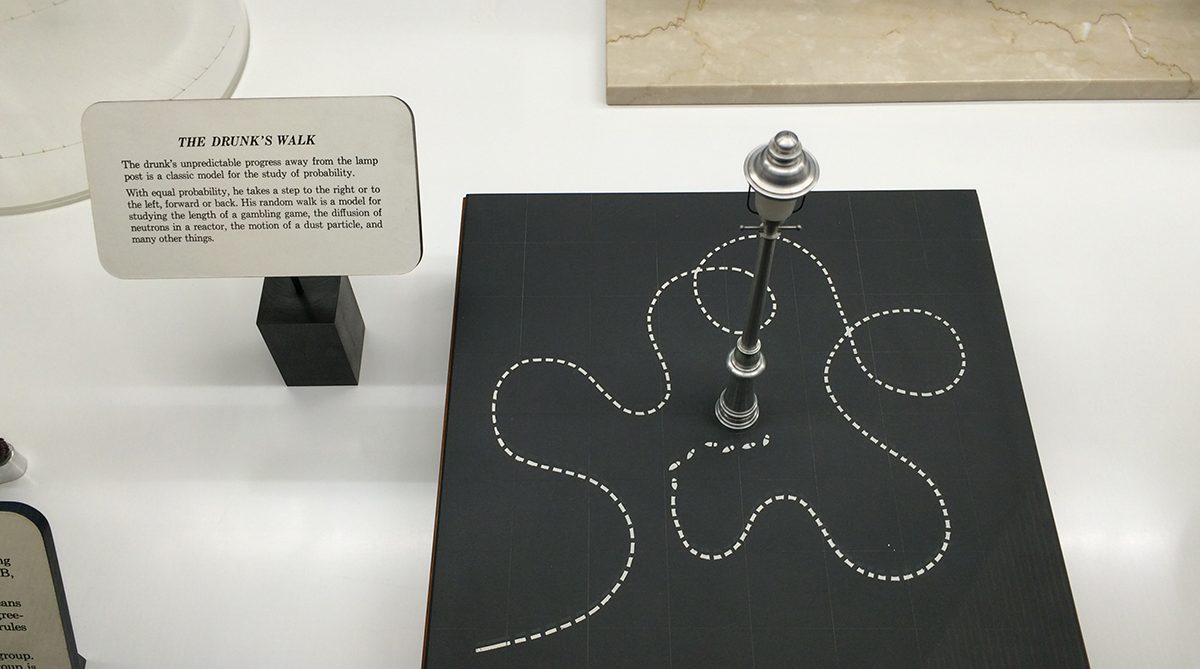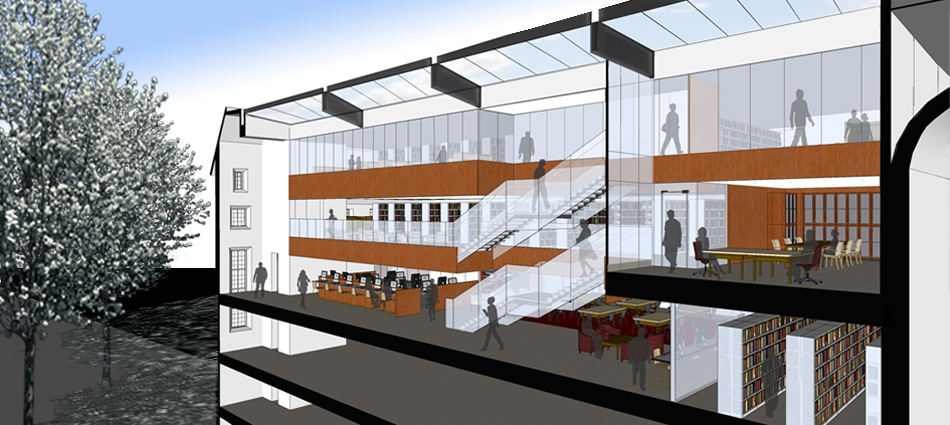Approach

Approach
Our mission statement:
Supporting enlightened institutions and communities through the definition, planning and design of enriched environments and facilities that build culture. Our clients include Colleges & Universities, Corporations, Hotels & Restaurants, Commercial Retail, Cities and Towns, Government Agencies, Private Secondary Schools, Summer Camps & Recreation Centers, and Libraries.
Our service mission is:
(1) Technical competence; (2) Clear communication; (3) Vision
Material, Philosophical, and Social Approach
Our work reflects the application of holistic and technologically-advanced thinking to urban-scale and community-based building projects – creating dynamic energy-efficient and solidly-built architecture; flexible and robust master plans; and enjoyable everyday environments. Sustainable design is a core value we share with our clients. Our work is designed to meet and exceed best practices in sustainable design, supporting your mandates for longevity, resource balance, operational efficiencies, and participation in the regional ecology.
We design buildings and environments that support communities. Well-designed production and learning environments are the backbone for sustained development and governance. Sociable, comforting, and experiential environments are an essential counterpart to the production and learning environments where our clients spend a majority of their time. Residential and therapeutic environments provide comfort and services that nourish personal and inter-personal growth, engage our social and physical intelligence, and provide for emotional and spiritual support. Civic, cultural, and retail environments enable sociable and healthful means for celebration, commerce, and the sharing of significant values. As diverse and varied in character as the private and public entities that envision and fund their operations, they provide spectacular arenas for us to experience the artistic and athletic achievements of our neighbors.
Sorensen Partners offers a design approach that transcends traditional project categories and is simultaneously stimulating, productivity-enhancing, and rejuvenating: accommodating and serving the culture of your community; sheltering and delighting, inspiring and instructing.
Visual Approach – Modern Classicism & Building as Landscape
Our conceptual approach to massing the volumes of structure builds on the genius of site (‘genus loci’) concept with forms drawn from and designed to include and invite the user into participation with the topography, vegetation, and horizons of the project setting.
The visual language of buildings we design uses the most powerful symbolic architectural tools to create an inclusive and inviting place: traditional roof forms (and variations) that gather the structure beneath with their concavity; clear and grand entrances that make know to passers-by the opportunity to enter and participate with the life within; and opportunistic settings of glazing that allow occupants a reflective and subtle experience of nature (or urban ‘nature’ – as the case may be) beyond.
Our material and detailing sensibility is ‘modern’ and springs from a material tradition of working with expressive and durable materials whose surfaces and shapes invoke the origins of their extraction – stone, wood, metals, and certain synthetic fibers and solids. The ordering of a building’s facades and interiors is a ‘classical’ discipline that we feel should be informed by the most successful and memorable architecture of history. A well-designed facade and a well-organized interior partí feel intuitively familiar and approachable, and provide a structure through which the building’s participants will grow their social relationships with each other, with the materials of their work, and with the philosophical mission of the organization.
Buildings innately inspire us because they are larger than us, and this largeness is sensed. In this way, the impression of a building’s magnificence can instill respect for the philosophical ideals embodied within.
The creative vision of your project will be developed through hand-made physical models, sketching, site photography, walk-throughs of 3D computer models, and illustrations created from 3D computer models collaged with photography. These developments will be shared with you for your ongoing feedback and response. The Principal-in-Charge is an exhibited landscape photographer and sculptor who brings the methods of artistic studio production to bear on your concept.
The Design Process – Growth
The design process is organized as an exercise in organizational and community growth – beginning with visual documentation and written description, collection of data, and quantification of culture, operations, and goals – leading to brainstorming, interdisciplinary thinking, peer benchmarking, and visualization of physical possibilities – and culminating in an architectural building proposal that becomes incrementally enriched and developed through detailing and exploration of key spaces in greater depth.
Sorensen Partners draws on the expertise of consultant engineering partners throughout the architectural design process to ensure quality in the configuration of the building’s structural, mechanical, electrical, plumbing, acoustics, and technology infrastructure. A good construction process begins with rigorous design that is strengthened through peer review, cost estimating, and strong working relationships with construction companies in service to the owner.

